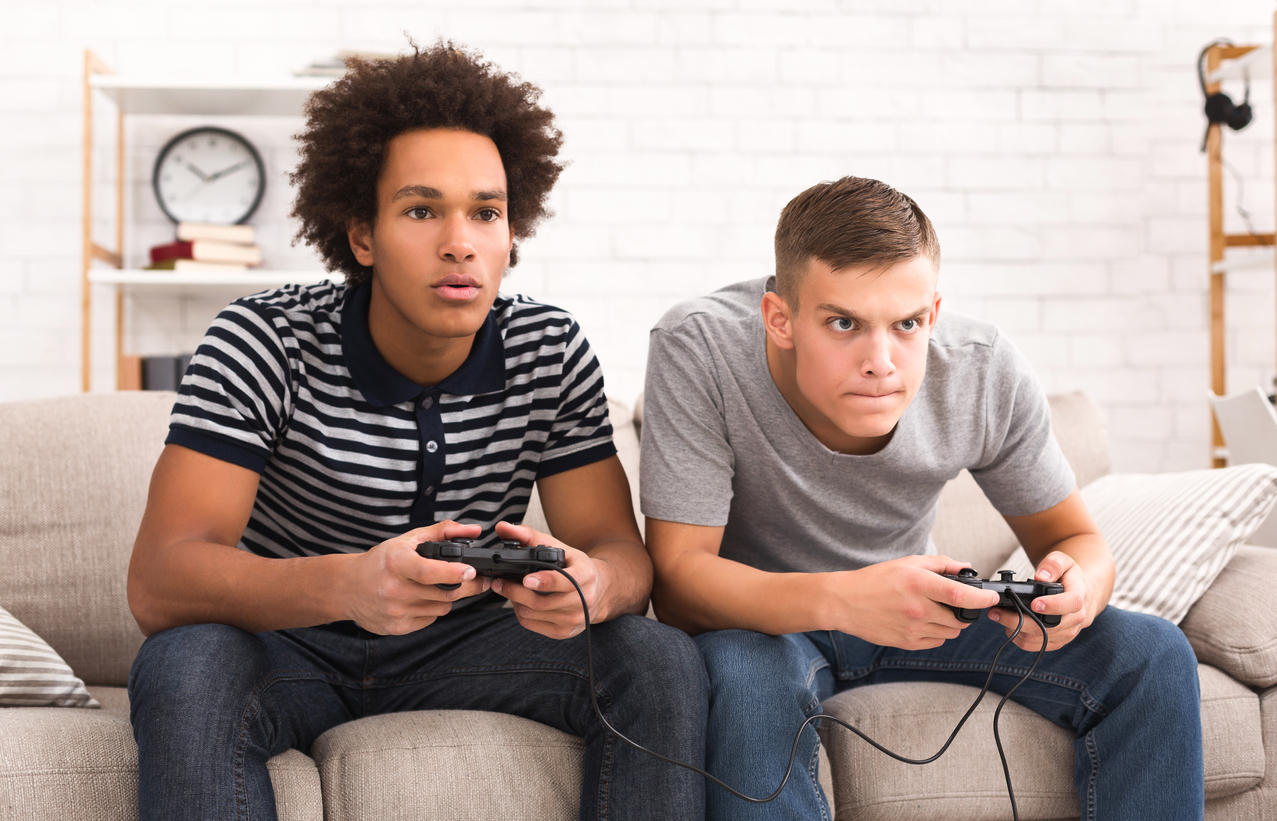Music heard through headphones and earbuds can reach levels that damage hearing and cause tinnitus, a ringing or buzzing in the ears. But what about video games? Gamers often play at high-intensity sound levels for several hours at a time, and although billions of people worldwide play games on a computer, mobile device or gaming console, few studies have looked at the effect video games may have on hearing loss and the risk of tinnitus.
Gamers are often exposed to sound levels near or exceeding safe limits, according to an analysis of 14 studies with a total of almost 54,000 participants.
“Although the data included in this review is limited, they suggest that some gamers probably exceed permissible sound exposure limits, and thus engage in unsafe listening practices which increase their risk for permanent hearing loss and/or tinnitus,” members of the international team of researchers from the Medical University of South Carolina, the World Health Organization, and China and Australia wrote of the meta-analysis. Because video games are so popular, more public health efforts are needed to raise awareness about the risk of hearing loss.Impulse sounds, bursts of sound lasting less than one second with peak levels at least 15 decibels higher than background sounds, reached levels as high as 119 decibels during game play.
One study included in the analysis noted that impulse sounds, bursts of sound lasting less than one second with peak levels at least 15 dB higher than background sounds, reached levels as high as 119 dB during game play. Safe exposure levels are about 100 dB for children and 130 to 140 dB for adults, making repeated exposure to these impulse sounds concerning.
The International Telecommunications Union, in collaboration with the World Health Organization, set a time-sound intensity tradeoff, or exchange rate. A permissible noise exposure level for adults of 80 dB for 40 hours per week with a 3dB exchange rate means that for every 3 dB increase in sound intensity, the permissible listening time is cut in half. At 83 dB sound intensity, for example, permissible exposure time becomes 20 hours per week. Most gamers reported playing for an average of three hours per week.
Four of the five studies that examined the association between gaming and self-reported hearing loss or tinnitus indicated that this association was significant. Gaming center use also increased young people's risk of reporting an inability to hear high-frequency sounds.
One study calculated that more than 10 million people in the U.S. may be exposed to loud or very loud sound levels while playing video or computer games. Another large study found that gaming was associated with increasing severity of self-reported hearing loss. A study that measured the sound levels of five video games reported that daily levels of sound exposure from these games is close to the maximum for permissible levels.
The study is published in BMJ Public Health.





